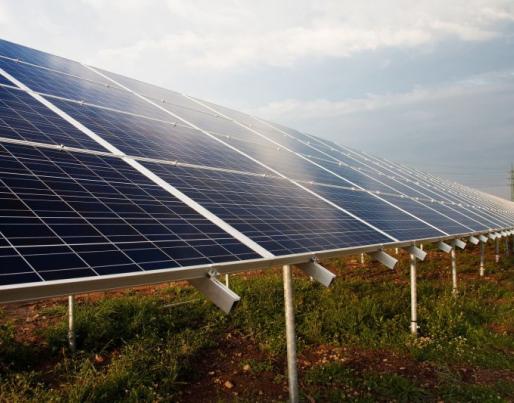
The role of technological innovation for the future of renewable energy in Europe

The role of technological innovation for the future of renewable energy in Europe
What measures should Europe take to scale up the uptake of renewable energy? Wolfram Sparber, the Vice President of The Association of European Renewable Energy Research Centers (EUREC), discusses the steps that should be made.
Wolfram Sparber, the Vice President of The Association of European Renewable Energy Research Centers (EUREC), establishes the measures that Europe must take to optimise its renewables portfolio.
There has long been a need to better support innovative renewable energy technologies and thereby ensure long-term success in the energy system transformation. Rising temperatures, costs of living, and energy prices in the wake of Russia’s invasion of Ukraine have only made the green energy transition more imperative.
A clear path forward is through renewable energy, evidenced by the EU’s REPowerEU plan to accelerate the scale-up of renewables to meet European energy goals.
Innovation has been previously neglected by Member States – the European Commission criticised the National Energy and Climate Plans (NECPs) in January 2020 as failing “to pay sufficient attention to research and innovation needs.”
EUREC’s vision is for technological leadership in the renewable energy sector, facilitated by a thriving research and manufacturing industry. To drive the sector forward in the face of tight margins, perceived risk and pressure from global competitors requires financial and political assistance.
Many renewable energy associations have joined EUREC in welcoming the European Parliament Committee on Industry, Research and Energy (ITRE)’s recent adoption of amendments to support the development of innovative technologies in the revised Renewable Energy Directive (RED III).
We urgently need bold approaches to scale up next-generation renewable technologies and reap the benefits that can come from the installation and manufacture of renewable technologies.
ITRE’s amendments advanced the energy innovation agenda by:
- Setting an indicative target for innovative renewables of 5% in each Member State of all renewable energy capacity installed between the Directive’s approval and 2030;
- Establishing the need for a target for storage technologies and suggesting another for demand-side flexibility; and
- Using NECPs for Member States to set out the policies to deliver innovative renewables.
Read the full article here.

